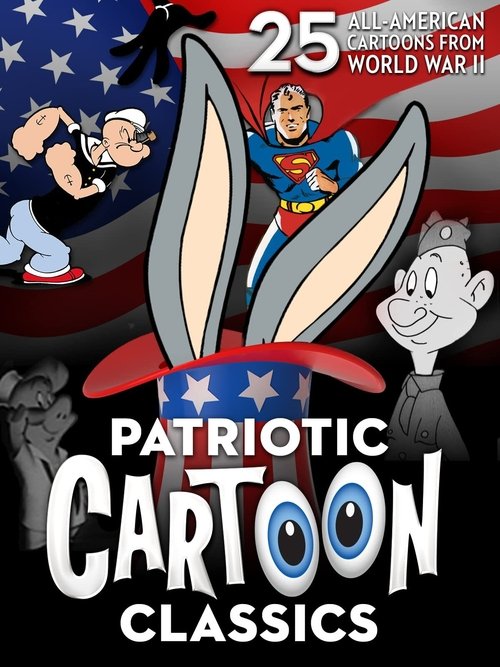
 Disclaimer - This is a news site. All the information listed here is to be found on the web elsewhere. We do not host, upload or link to any video, films, media file, live streams etc.
Kodiapps is not responsible for the accuracy, compliance, copyright, legality, decency, or any other aspect of the content streamed to/from your device.
We are not connected to or in any other way affiliated with Kodi, Team Kodi, or the XBMC Foundation.
We provide no support for third party add-ons installed on your devices, as they do not belong to us.
It is your responsibility to ensure that you comply with all your regional legalities and personal access rights regarding any streams to be found on the web. If in doubt, do not use.
Disclaimer - This is a news site. All the information listed here is to be found on the web elsewhere. We do not host, upload or link to any video, films, media file, live streams etc.
Kodiapps is not responsible for the accuracy, compliance, copyright, legality, decency, or any other aspect of the content streamed to/from your device.
We are not connected to or in any other way affiliated with Kodi, Team Kodi, or the XBMC Foundation.
We provide no support for third party add-ons installed on your devices, as they do not belong to us.
It is your responsibility to ensure that you comply with all your regional legalities and personal access rights regarding any streams to be found on the web. If in doubt, do not use.
 Kodiapps app v7.0 - Available for Android.
You can now add latest scene releases to your collection with Add to Trakt. More features and updates coming to this app real soon.
Kodiapps app v7.0 - Available for Android.
You can now add latest scene releases to your collection with Add to Trakt. More features and updates coming to this app real soon.


Irena Sendler is a Catholic social worker who has sympathized with the Jews since her childhood, when her physician father died of typhus contracted while treating poor Jewish patients. When she initially proposes saving Jewish children from the Warsaw Ghetto, her idea is met with skepticism by fellow workers, her parish priest, and even her own mother Janina.

After handing in a report on the treatment of Chinese colonial labor, Kaji is offered the post of labor chief at a large mining operation in Manchuria, which also grants him exemption from military service. He accepts, and moves to Manchuria with his newly-wed wife Michiko, but when he tries to put his ideas of more humane treatment into practice, he finds himself at odds with scheming officials, cruel foremen, and the military police.

Autumn 1944. A doctor is accused in the collaboration with the Nazis and found guilty...

Six million Jews died during World War II, both in the extermination camps and murdered by the mobile commandos of the Einsatzgruppen and police battalions, whose members shot men, women and children, day after day, obediently, as if it were a normal job, a fact that is hardly known today. Who were these men and how could they commit such crimes?

The second film in Shin-Ei's series of annual WWII themed anime television movies for children "Sensou Douwa".

In September of 2017 German writer and director Daniel Raboldt accompanied a group of German and Polish scientists and students into the woods of Masuria, Poland. The expedition aimed to find traces of the so-called "lost villages", left by the Masurians around 1945 by the end of the Second World War. Today only some of the old graveyards can be found deep in the woods of the beautiful Masurian landscape. The documentary "In the back of history - The lost villages of Masuria" shows the students at their work in the historic archives and in the woods. How conclusive can this kind of historic research be? How much can we really learn by looking through old files or other sources? And what can we learn from the vanishing of the Masurians? Do we face similar problems today? The film dives deep into themes like the rise of nationalism and identity and uncovers the tragic end of a population that was asked one simple question in the early 20th century: Stay or Leave?

Focusing on three women from vastly different backgrounds this film weaves together powerful moments from each of these Rosie's journeys of transformation.

Crew and actors from the movie 'Fury' give behind-the-scenes details of the movie's technical production and special effects. Actual WWII tank footage and interviews with veterans are also included.

Based on the book of the same title by best-selling author Henry Buckton, this film is enhanced by a fascinating series of interviews with a wide variety of people who played a vital role in Britain’s ‘finest hour’. Included are the captivating accounts of six fighter pilots who risked their lives day after day to combat the Luftwaffe, which was at that time greatly more experienced in aerial warfare. Their memories are enhanced by the recollections of a gunner, two members of the 400,000-strong ground crew who kept as many aircraft flying as possible, a barrage balloon operator and men who helped to build Spitfires.

In Paris in full German occupation in 1942, a Jewish child Isaac escapes a raid organized by the SS. He then took refuge in the Great Mosque of Paris. The imam decides to protect him by passing him off as a Muslim, as well as the other Jewish children that he manages to free with the help of the resistance networks. The French militia and the Gestapo have suspicions... This fiction film is based on the true story of the rector of the Paris mosque, Si Kaddour Benghabrit, who saved several Jews from deportation during the Second World War.